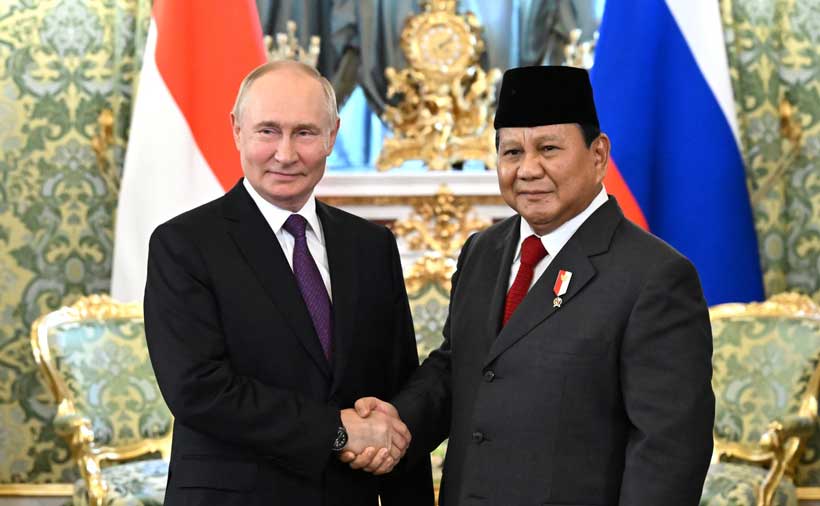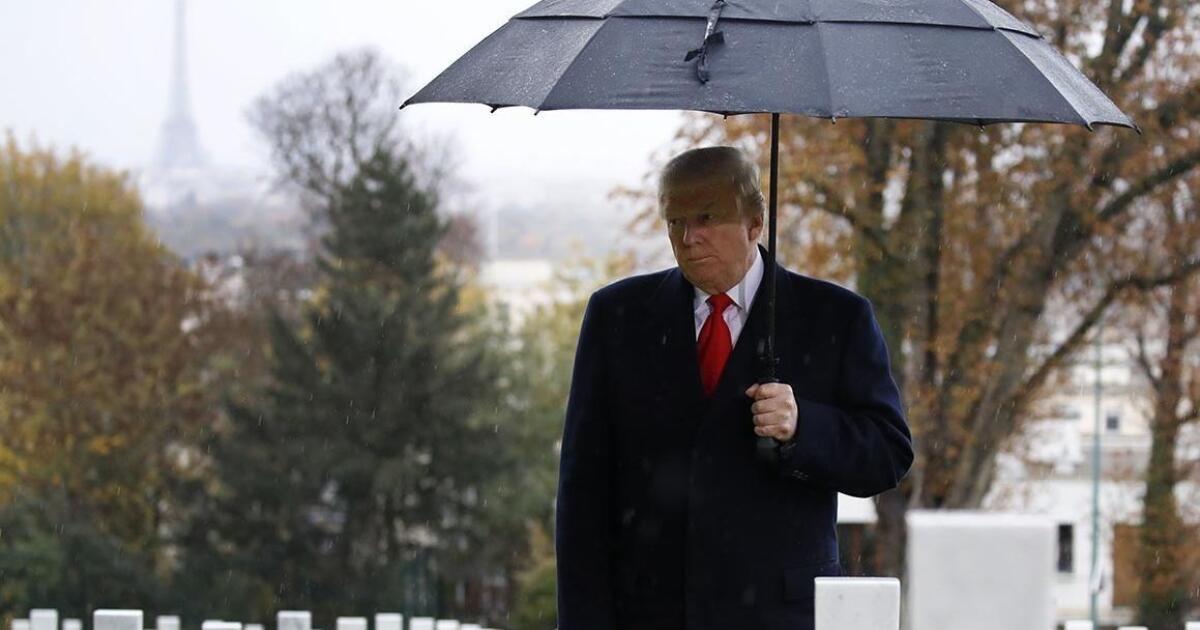Critical Industries, Critical Risks in ASEAN Supply Chains
ASEAN is attempting to secure a foothold in the global semiconductor and electric-vehicle battery industries. Malaysia, Indonesia, and Thailand have each announced concrete industrial commitments that signal an ambition to move deeper into high-value manufacturing. These efforts carry strategic implications because semiconductors, power electronics, and batteries are essential inputs for artificial intelligence, renewable energy systems, and modern defense industries. The region now faces a growing set of geopolitical and engineering pressures that directly affect planned projects, cost structures, and national industrial strategies.
This piece documents the most significant national developments in 2024 and 2025, outlines precise vulnerabilities, and provides realistic mitigation measures for decision makers.
Strategic Context
In October 2025 China announced additional controls on rare-earth exports and related processing technologies. This decision briefly tightened the market for rare earth magnets and separated oxides that are crucial for EV motors and semiconductor equipment. Although Beijing later delayed parts of the policy’s implementation, the message was clear. Critical inputs can be restricted with little warning.
Meanwhile, the United States and its allies have continued to adjust export controls on chip-making equipment. Any further tightening directly affects the cost and feasibility of new packaging and test facilities across ASEAN. The strategic environment surrounding high technology has therefore become volatile and has placed pressure on firms hoping to expand into advanced electronics production.
Malaysia: Penang’s Advanced Packaging Ambitions
Malaysia is pursuing one of the most aggressive semiconductor upgrade strategies in Southeast Asia. Penang’s “Silicon Island” project and the new Green Tech Park represent a deliberate shift from assembly to higher-value packaging and design. Approved semiconductor-related investments reportedly exceeded RM 70 billion between January 2024 and June 2025. Investments include Infineon’s silicon carbide expansion and Carsem’s advanced packaging facilities for AI-related chips.
Advanced packaging and testing lines in Malaysia’s semiconductor clusters still depend on specialized lithography subsystems, ultra-high-purity precursor chemicals, and precision metrology equipment. These imports are increasingly vulnerable because Malaysia’s new export-control regime now requires notifications for high-performance AI chips and equipment, creating possible bottlenecks and compliance burdens. For example, Malaysia’s July 2025 directive made exporters notify authorities at least 30 days in advance when shipping U.S.-origin high-performance AI chips, signaling that regulatory headwinds may also apply upstream in tool and component supply chains. Without expedited import lanes, delays in receiving critical equipment would postpone factory commissioning in locations such as Penang, driving up capital costs through extended financing periods.
The Malaysian government must fast-track customs and import lanes for critical equipment, co-finance spare-parts pools for fabs, and invest in infrastructure near semiconductor clusters such as high-quality water, power reliability, and waste treatment. In parallel, public-private training centers should train large numbers of precision-manufacturing engineers.
Indonesia: Nickel Dominance and Downstream Battery Production
Indonesia has used its dominant nickel reserves to pull in major EV battery investments. The flagship project is the nearly USD 6 billion joint venture between Contemporary Amperex Technology Co. (CATL) and Indonesia Battery Corporation in West Java. According to a June 2025 Reuters report, the facility is scheduled to begin operations by late 2026 with a starting capacity of 6.9 GWh, with an expansion path toward 15 GWh or more. This scale demonstrates Indonesia’s ambition to anchor the region’s battery ecosystem, but it also highlights the limits of upstream advantage.
Despite controlling the raw material, Indonesia’s battery value chain is not yet integrated. The CATL–IBC project will still depend heavily on imported precursor chemicals, cathode active materials, and high-precision manufacturing equipment. Reuters noted that while Indonesia has rapidly expanded nickel processing, the country has not built the full suite of midstream capabilities required for stable cell production. Critical reagents and machinery remain tied to suppliers in China, South Korea, and Japan.
This dependency introduces substantial strategic risk. A February 2025 C4ADS report found that Chinese companies control roughly 75 percent of Indonesia’s nickel-refining capacity. That concentration means that although production occurs on Indonesian soil, operational control, technology flows, and strategic decisions often originate in external corporate or policy environments. Any shift in Chinese domestic policy, export priorities, or commercial strategy could ripple through Indonesia’s downstream battery plans and disrupt cell production timelines.
Given these vulnerabilities, Indonesia must accelerate the development of domestic precursor and cathode material facilities to reduce exposure to foreign suppliers. Battery-plant construction should also be sequenced with upgrades to grid capacity, wastewater management, and environmental controls, since these engineering systems remain bottlenecks in several industrial zones. Finally, manufacturers should design production lines with modularity so they can switch battery chemistries if global markets or reagent availability changes.
Thailand: Converting an Automotive Giant into an EV Hub
Thailand is moving quickly to convert its dominant automotive industry into an electric-vehicle hub. The Board of Investment’s EV 3.5 package, announced in 2025, offers tax incentives, consumer subsidies, and import-duty relief through 2027 for manufacturers that commit to local production. This policy has already shifted investment patterns. BYD opened a USD 490 million plant in Rayong in mid-2025 with capacity for 150,000 EVs annually, marking one of the largest EV manufacturing commitments in Southeast Asia. Domestic EV registrations also surged to roughly 70,000 units in 2024, up from fewer than 10,000 in 2021.
Despite these gains, Thailand’s EV ecosystem remains dependent on imported battery cells, semiconductor components, and rare-earth magnets. ASEAN Briefing’s September 2025 assessment found that Thailand still lacks mid-stream capabilities such as cathode production, electrolyte processing, and advanced battery-testing facilities. This dependence exposes the sector to the same vulnerabilities faced by regional semiconductor clusters.
These components also move through logistics systems designed for traditional automotive supply chains. Laem Chabang Port remains optimized for bulk auto parts rather than high-value lithium-ion cells. EV assemblers reported delays in 2025 due to congestion and manual customs checks on sensitive components during peak export periods. Even minor slowdowns disrupt just-in-time assembly and raise operational costs.
To protect its emerging EV advantage, Thailand must expand bonded logistics zones for battery components, accelerate port digitization, and cooperate with ASEAN partners to harmonize battery standards. Without these measures, Thailand’s EV ambitions will remain vulnerable to supply-chain friction and regulatory fragmentation.
Regional Risk Map
- Material-concentration risk. China’s export controls on rare earths and magnets create leverage points. ASEAN must map critical-element dependencies and invest in regional recycling and stockpiles.
- Equipment-and-technology risk. Restrictive export regimes on chip-making tools raise project execution risk. ASEAN governments should establish pooled spare-parts procurement, trusted procurement corridors, and diplomatic waiver channels.
- Infrastructure-and-skills risk. All three countries face co-investment requirements in power, water, waste, and vocational training aligned with advanced manufacturing. ASEAN-level funding mechanisms and mutual recognition of professional certifications would reduce friction.
ASEAN stands at a pivotal moment. The opportunities to capture semiconductor back-end, EV battery manufacturing, and higher-value electronics are real. Malaysia’s move into advanced packaging, Indonesia’s downstream battery strategy, and Thailand’s EV pivot are promising. They are also fragile. Each depends on imported tools, materials, and specialized skills that can be disrupted by geopolitical shifts.
The region’s success will depend on how quickly leaders can reduce those vulnerabilities through strategic infrastructure investment, targeted industrial policy, regional standardization, and coordinated risk management. Without these measures, factories across ASEAN will remain profitable in calm markets but exposed during periods of geopolitical tension.


